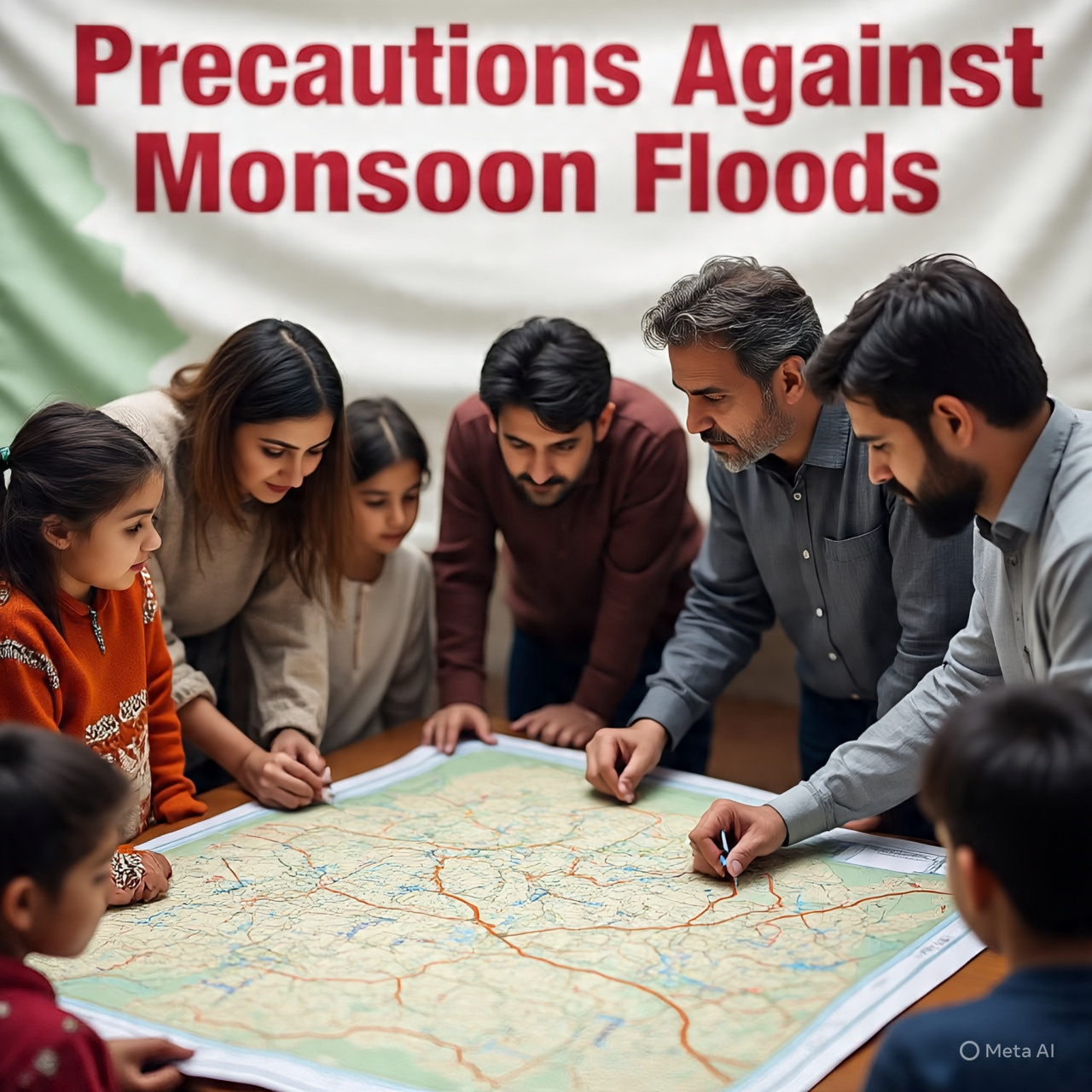
As summer peaks in South Asia, Pakistan is once again facing the brunt of climate change in the form of an excessive heat wave. With temperatures soaring above 50°C (122°F) in some regions, the country finds itself battling not just the oppressive heat, but also its cascading effects on health, agriculture, energy, and daily life. This is not just another summer—it’s a warning from nature.
Heat waves are not new to Pakistan, but their intensity, duration, and frequency have increased dramatically in recent years. In May and June 2025, cities like Jacobabad, Sibi, and Nawabshah recorded some of the highest temperatures on the planet. The Pakistan Meteorological Department (PMD) issued repeated red alerts, warning people to stay indoors and avoid unnecessary travel during peak sunlight hours.
What makes this year’s heat wave particularly concerning is its prolonged nature. Unlike previous years where heat waves were short bursts, 2025 has seen consecutive weeks of extreme heat—with little relief in sight.
The consequences of such intense heat are devastating:
Health Hazards: Hospitals across the country report a spike in heat-related illnesses, including dehydration, heatstroke, and respiratory issues. Vulnerable populations—especially children, the elderly, and outdoor workers are at high risk.
Water Scarcity: The heat has accelerated the melting of glaciers in northern Pakistan, causing flash floods in some areas while leaving others parched due to rapid evaporation of surface water.
Agriculture at Risk: Crops like wheat, cotton, and sugarcane key pillars of Pakistan’s economy are under severe stress. High temperatures stunt crop growth and reduce yields, threatening food security.
Power Outages: With energy demand surging due to increased use of air conditioners and fans, Pakistan’s fragile power grid is under tremendous strain. Load shedding in major cities adds to the public’s frustration.
Climate Change Connection
Scientists have repeatedly pointed to the link between climate change and extreme weather. Pakistan, though responsible for less than 1% of global greenhouse gas emissions, ranks among the top 10 most climate-vulnerable countries. The current heat wave is a clear manifestation of global warming’s uneven impact—where developing countries bear the harshest consequences.
The Intergovernmental Panel on Climate Change (IPCC) warns that South Asia will continue to face more intense and prolonged heat events unless drastic action is taken globally to reduce carbon emissions.
What Can Be Done?
While long-term solutions require global cooperation, there are crucial steps Pakistan must take at the national level:
Urban Planning: Introduce green infrastructure such as urban forests, green roofs, and heat-resilient buildings to mitigate the urban heat island effect.
Water Management: Invest in water conservation technologies and improve storage systems to ensure water availability during dry spells.
Public Awareness: Launch campaigns to educate people on how to stay safe during extreme heat and promote community-level preparedness.
Renewable Energy: Shift away from fossil fuels and scale up solar and wind power to reduce dependency on overburdened thermal power plants.
Conclusion
The excessive heat wave sweeping through Pakistan in 2025 is more than just a seasonal anomaly—it’s a stark reminder of our changing climate and the urgent need to adapt and act. Without immediate and sustained efforts, the heat waves of today may become the new normal of tomorrow.
Pakistan must act now not just to protect its present, but to secure its future








